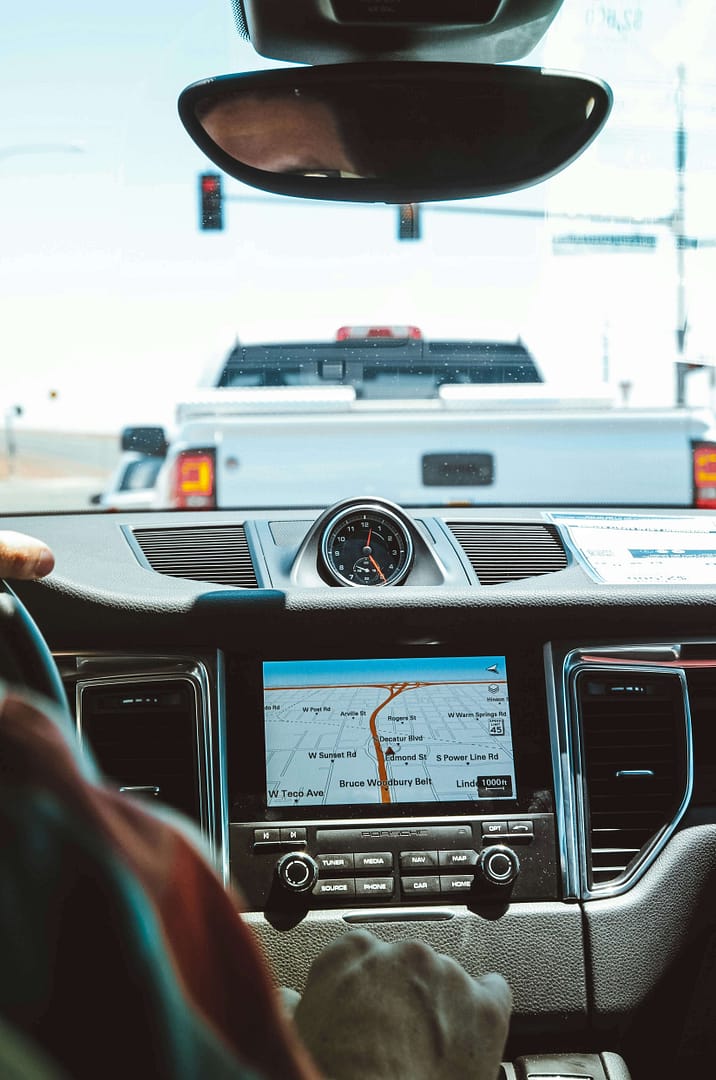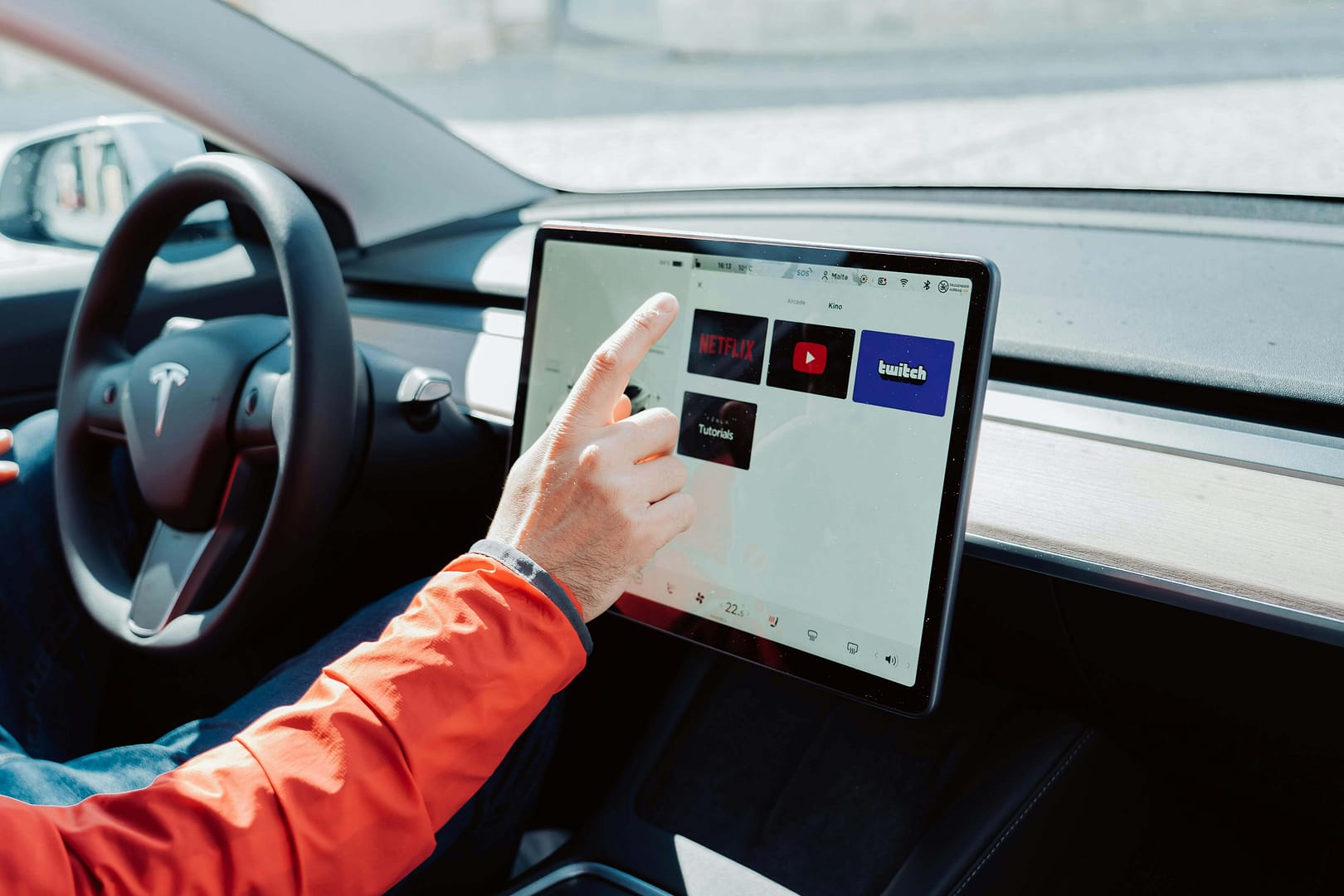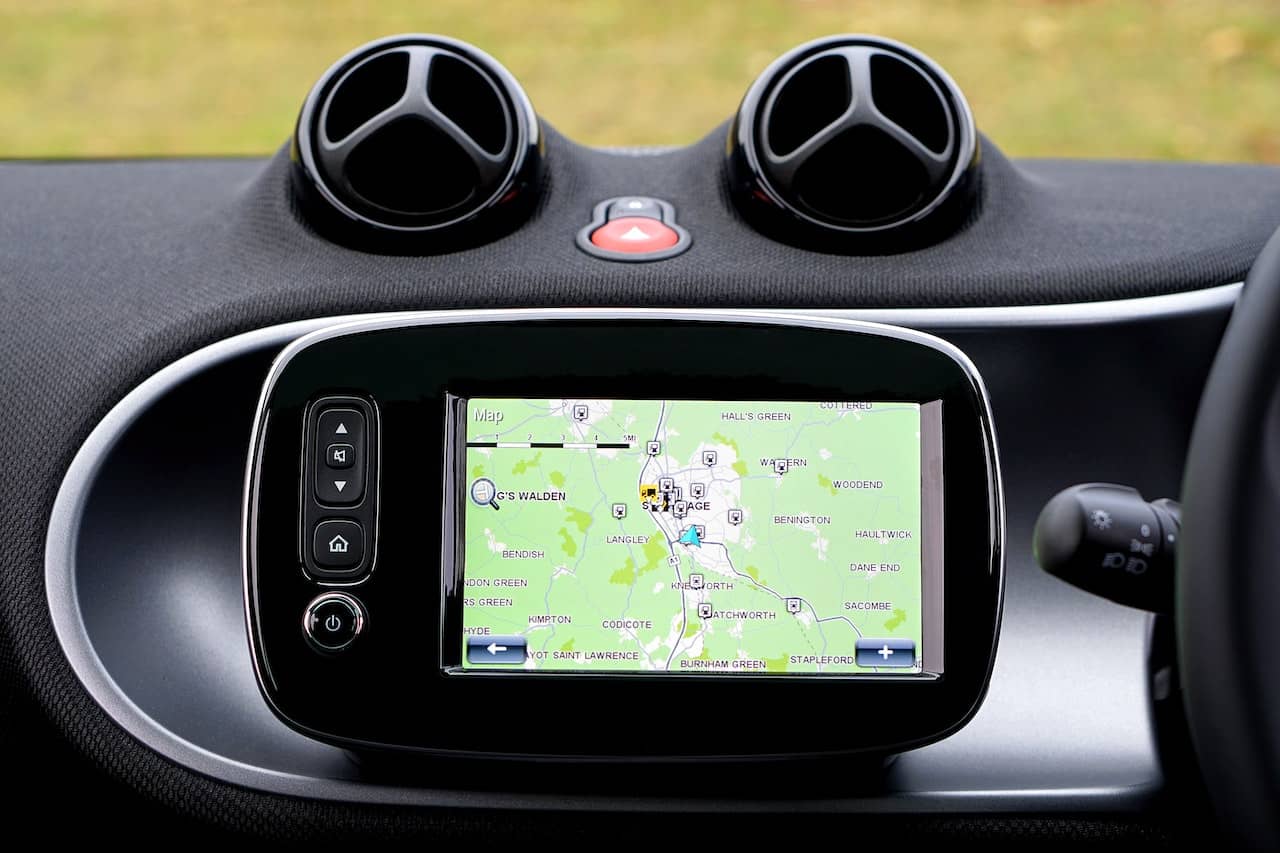In today’s fast-paced world, vehicle technology is advancing at a remarkable pace, introducing a plethora of safety features to protect drivers, passengers, and other road users. Among these advancements, one crucial area that has gained significant attention is the protection of vulnerable road users. Vulnerable road users include pedestrians, cyclists, and motorcyclists, who are at a higher risk of injury or fatality in accidents involving vehicles. In this article, we will explore the concept of vehicle technology and its impact on vulnerable road users, delving into specific safety measures and real-life examples to showcase their importance. We will also explain how best to approach making a road traffic accident claim if you have been involved in an accident.
Auto Emergency Braking: A Lifesaving Technology
One of the most groundbreaking advancements in vehicle technology is Auto Emergency Braking (AEB). AEB is an innovative safety feature that uses sensors, cameras, or radar to detect potential collisions with objects or vulnerable road users in the vehicle’s path. When a collision risk is identified, the system automatically engages the brakes to prevent or mitigate the impact, reducing the severity of accidents and potentially saving lives.
AEB has proven to be highly effective in various scenarios, especially in situations where a driver may fail to react quickly enough. For instance, imagine a busy city street with heavy pedestrian traffic. A driver might get momentarily distracted, and before they know it, a pedestrian steps out onto the crosswalk. Without AEB, a tragic accident may be inevitable, but with this technology, the car can detect the pedestrian and initiate emergency braking, potentially averting disaster.
The Vulnerability of Road Users when Reversing
While AEB plays a vital role in preventing forward collisions, another area where vehicle technology can make a significant difference is in addressing accidents during reversing manoeuvres. When a driver reverses their vehicle, visibility is often limited, and it becomes challenging to spot pedestrians or cyclists who might be passing behind the car.
The Blind Spot Dilemma
The blind spot behind a vehicle is a notorious hazard for vulnerable road users when the car is in reverse. This area, not visible through the car’s rearview or side mirrors, can easily conceal a pedestrian or cyclist from the driver’s view. As a result, tragic accidents can occur if a driver is unaware of someone’s presence in the blind spot.
Rear Cross Traffic Alert: Watching Your Back
To address this issue and enhance safety for vulnerable road users, vehicle manufacturers have introduced a valuable technology known as Rear Cross Traffic Alert (RCTA). RCTA uses sensors, cameras, or radar to monitor the areas surrounding the rear of the vehicle, especially the blind spots. When the system detects an approaching vehicle, pedestrian, or cyclist, it alerts the driver through visual or auditory cues.
Consider a typical scenario where a driver is attempting to back out of a parking spot in a crowded shopping mall. The driver’s view is obstructed, and they can’t see a pedestrian walking behind the car. However, the RCTA system recognizes the pedestrian’s movement and immediately notifies the driver, prompting them to stop and avoid a potentially disastrous accident.

Pedestrian Detection Systems: Safeguarding Urban Environments
In bustling urban environments, where pedestrians are constantly crossing roads and streets, the risk of accidents is particularly high. To address this concern, modern vehicle technology has introduced Pedestrian Detection Systems (PDS). These systems utilize advanced cameras and sensors to detect pedestrians’ presence, predict their movements, and alert the driver of potential collision risks.
Imagine a scenario where a driver is turning onto a busy city street with pedestrians crossing at various intersections. A pedestrian, engrossed in their phone, steps into the road without noticing the approaching vehicle. Thanks to the PDS, the car identifies the pedestrian’s movement, assesses the potential danger, and warns the driver to take corrective action, such as applying the brakes or altering their course. This quick intervention can prevent a devastating accident and ensure the safety of vulnerable road users.
A Holistic Approach to Road Safety
As vehicle technology continues to advance, the focus on protecting vulnerable road users remains paramount. Auto Emergency Braking, Rear Cross Traffic Alert, and Pedestrian Detection Systems are just a few examples of the innovative solutions that contribute to safer roads and reduced accidents involving pedestrians, cyclists, and motorcyclists. However, it is crucial to understand that technology alone cannot solve all road safety challenges.
A holistic approach is necessary, including responsible driving practices, proper road infrastructure, and public awareness campaigns. By combining these efforts with cutting-edge vehicle technology, we can create a safer and more harmonious road environment for everyone.
Making a Road Traffic Accident Claim
Despite the significant strides in vehicle technology and road safety, accidents can still happen. If you or someone you know has been involved in a road traffic accident as a vulnerable road user, it’s essential to understand the process of making a claim to seek compensation for injuries and damages. Here’s a step-by-step guide on how to proceed:
Seek Medical Attention
The well-being of all parties involved in the accident is of utmost importance. If you’ve sustained any injuries, no matter how minor they may seem, seek immediate medical attention. Not only does this ensure your health and safety, but it also establishes a medical record that can be valuable when filing a claim.
Gather Information
Collect as much information as possible from the scene of the accident. This includes obtaining the contact details of all parties involved, as well as any witnesses who saw what happened. Additionally, take photos of the accident site, the vehicles involved, and any visible injuries you or others have sustained.

Consult National Claims
If the accident occurred due to the negligence of another party or a vehicle’s faulty technology, it may be necessary to pursue a personal injury claim. Consulting our claims specialists at National Claims, who specialise in road traffic accidents and vulnerable road user cases, can significantly improve your chances of obtaining fair compensation.
Report the Accident
Inform the police about the accident as soon as possible. They will create an official report, documenting the details of the incident. This report can be critical when filing an insurance claim or seeking compensation later on.
We will be able to guide you through the claims process to help shed light on how we deal with road traffic accident claims.
Conclusion
In an era of rapidly advancing vehicle technology, the safety of vulnerable road users is a top priority. Auto Emergency Braking, Rear Cross Traffic Alert, and Pedestrian Detection Systems are just a few examples of the innovative technologies that protect pedestrians, cyclists, and motorcyclists from accidents. However, technology alone cannot eliminate all risks.
We must remember that a holistic approach to road safety is essential, encompassing responsible driving behavior, well-designed road infrastructure, and public awareness initiatives. By combining these efforts with cutting-edge vehicle technology, we can create safer roads and protect the most vulnerable users on our streets.
If, despite these safety measures, accidents occur, it’s crucial for vulnerable road users to know their rights and how to make a road traffic accident claim. Seeking medical attention, gathering information, reporting the accident, and contacting insurance companies are critical initial steps. Consulting National Claims can guide claimants through the process of pursuing compensation for injuries and damages.
In conclusion, let us embrace the potential of vehicle technology while fostering a culture of responsibility and empathy on our roads. By doing so, we can work together to ensure that everyone, whether driving, walking, or cycling, can navigate our streets safely and confidently.
Contact us today to start your claim and to find out more regarding road traffic accident claims.
Click below to see why we are one of the most trusted claims management companies in the UK.

We’re proud of our excellent customer reviews
We thrive on delivering exceptional service and ensuring our clients’ satisfaction. Don’t just take our word for it. Check out some of our independent reviews to see what our clients have to say.
Excellent

This firm is excellent, they sorted out my car pay out and injury claim very fast, they always communicate with you all the time.

My accident case was dealt with confidence and with great result of the outcome, especially James kept me informed all the time.

I was very impressed at the way my inquiry was treated. I was listened to attentively and everything I needed to know was explained to me.






